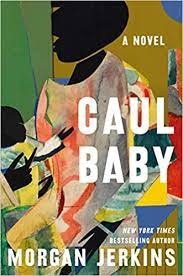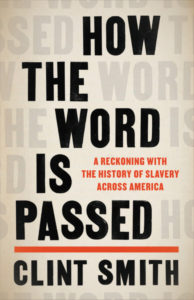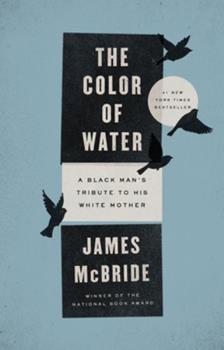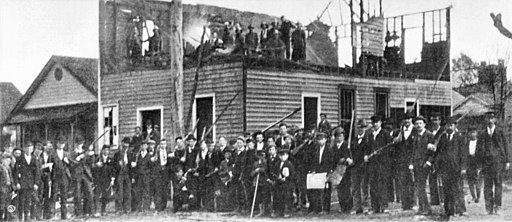Book Review: Caul Baby
 I don’t usually read fiction, but the virtual book galley room at Winter Institute last February provided me with a great opportunity to broaden my horizons by picking books I would normally not pick up. While I am a nonfiction gal, I did get some interesting fiction books that I will review over the next few weeks.
I don’t usually read fiction, but the virtual book galley room at Winter Institute last February provided me with a great opportunity to broaden my horizons by picking books I would normally not pick up. While I am a nonfiction gal, I did get some interesting fiction books that I will review over the next few weeks.
The first book I read is Caul Baby, the fictional debut by writer Morgan Jerkins. She is the editor of Zora, an online black women’s magazine. She has previously written two nonfiction books from a black feminist perspective.
Caul Baby explores issues of black motherhood. The book is set in Harlem with a pregnant Laila, who has had a history of miscarriages. Out of fear that she might miscarry again, she turns to the Melancons, a family of women who sell their caul, a layer of skin that has magical power. The family decides not to give her the healing skin because they only help white people. Laila loses her baby and has a mental breakdown.
Unbeknownst to anyone in her family, Laila’s 20-year-old niece, Amara, is pregnant and gives birth to a baby girl born in a caul. Because she doesn’t want her family to know about her pregnancy and wants to continue with her college studies, Amara has her baby in secret at her godfather’s house. He secretly gives the caul-bearing infant to the Melancons. The book continues down a thrilling route of intrigue and secrets while looking at race and class in America.
I really liked the book. It was really well-written, and the character development was superb. I was able to visualize everything happening in the book. Maybe Jerkins is setting this book up to be made into a movie! The book cover is also stunning.
Of course, after Googling real caul babies, I went down a rabbit hole of surreal images of newborns still in their amniotic sac. En caul births, as they are called, are extremely rare where a newborn is born fully inside the sac, which looks like a thin and filmy membrane. In many cultures, it is good luck to be born with the caul. The Melancons are part of a long caul-bearing tradition from West Africa by way of New Orleans that is both helpful and harmful in their Harlem community and to themselves. Coincidentally, Josephine, one of the Melancon women, also has also had many miscarriages, doesn’t have the same good luck with the caul.
I also appreciated the focus on reproductive health and justice for Black women. Systemic racism impacts access to quality healthcare, which puts Black women at higher risk for pregnancy complications. According to the CDC, Black women are three times more likely to die from pregnancy-related problems than white women. Black women also develop fibroids and endometriosis more often than white women, contributing greatly to pregnancy issues and other health issues. Many might not go to a doctor to get properly diagnosed for these issues because of cost, access, thinking it is just a “bad period,” or not thinking health professionals will believe their pain.
Then Black women are criminalized when access to proper healthcare is denied. A storyline later in Jerkins’ book is about Asali, a pregnant Black teen who delivers her baby inside a convenience store bathroom and leaves the dead baby in the trash. Amara is now a 40-year-old prosecutor who is running for Manhattan district attorney. To win the race, Amara charges Asali as an adult for murder while still secretly thinking about her own hypocrisy of giving up her baby. If Asali had access to decent healthcare, Harlem wasn’t gentrifying, or if she was simply white, would she be in this situation?
Sometimes fiction can tell us many truths.
Caul Baby by Morgan Jerkins. Published by Harper on April 6, 2021. Buy it here.


